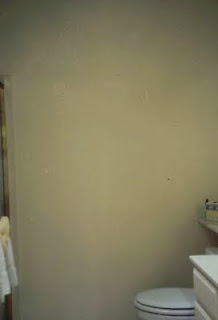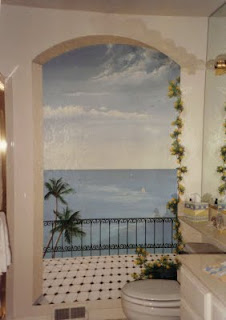
Finding Your Voice
So you want to write a book. If you’re looking for fame and glory, get over it. Writing is hard work with little or no monetary reward, unless you’re in the one percentile who do get noticed. On the other hand, writing a novel is a hoot … and the biggest high you’ll ever earn. Once you make the trip from beginning to middle pages to finale, you’re hooked. I’m betting you’ll start a second book right away, hoping to repeat that wonderful, agonizing, mind-blowing trip.
There are two kinds of writers, those who want to write and those who do. There are those who attend writing classes, read about writing, know everything there is to know about writing, dabble with writing, but never actually finish anything.
The real writer learns the “rules” about writing and learns how to write by writing. She isn’t afraid to break a few rules as long as it helps her to find her voice and tell her story. She looks forward to writing sessions even though they are not always productive or easy. She does what she does because it’s so much fun. The fun out-weighs the frustration. If it’s not fun for you, or at least satisfying in some way, why do it? Life is too short to be doing things you don’t enjoy. That’s my best advice and I’m sticking to it. Oh, yes, and don’t use clichés.
How do I know that loving what you do is important? Here is a brief biography to explain how I came to this conclusion.
Life’s flow pushed me forward, from mother to grandmother, painter to writer, contented to jubilant. I enjoyed a long career as a professional muralist, painting walls in cities and towns across California. The day came when tall ladders, long hours and smelly paint did not agree with me. I turned to my love of writing, took classes and jumped right into writing 26 children’s stories. When that was out of my system, I wrote my first mystery novel, Secure the Ranch. What a wonderful experience—I was hooked. At present, I am a novelist and freelance journalist and I owe it all to spell-check.
Secure the Ranch is the first novel in the Josephine Stuart Mystery Series. Read My Lipstick is the second and more are coming. Even though I took classes, learned about writing an outline, etc., it never worked for me. My style is: Sit in front of the computer and write down the first thing that comes to mind and then expand on it. If it was a good first sentence, more information will come. If not, shelf it and try another first sentence.
Be open. Discover your own style. But most importantly, you must find your voice. Keep writing and reading what you have written. One day you will discover that wonderful voice that belongs to only you.
I didn’t understand my protagonist, Josephine Stuart, very well until half the book was written. Turns out, she is a grizzly when it comes to injustice, she’s an accomplished painter, drives like a maniac (when necessary) and adores her basset—and the guy next door. People say Josephine is a lot like me, but I know she is younger, taller, smarter, prettier and braver than I will ever be. She happens to drive a red pickup just like mine, she paints murals for a living, but unlike me, she finds trouble where ever she goes.
5 Necessary Skills to Keep Your Career on Track: Negotiate a Job Offer, Interview Questions, Career Changes, Job Searches, Cover Letters, Resume, Being Proactive, Dealing With Bad Managers, Networking [Paperback]
Richard S Pearson
(Author)
4.9 out of 5 stars See all reviews (15 customer reviews)

















